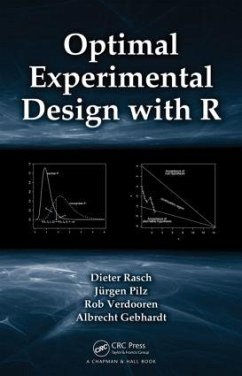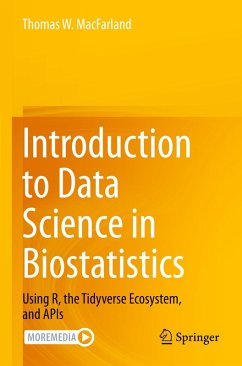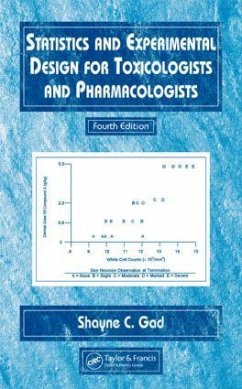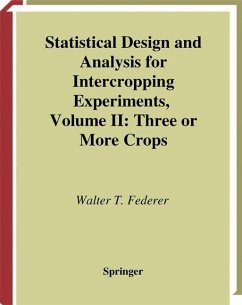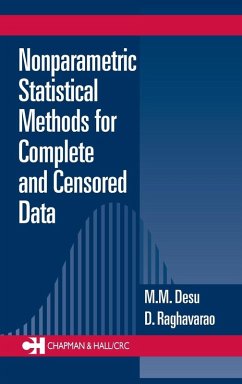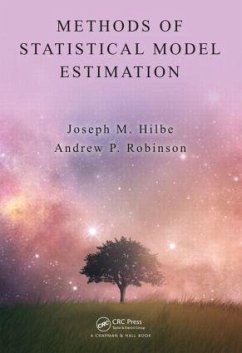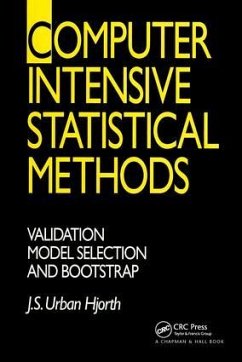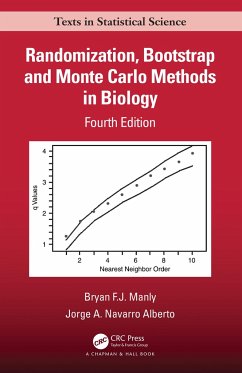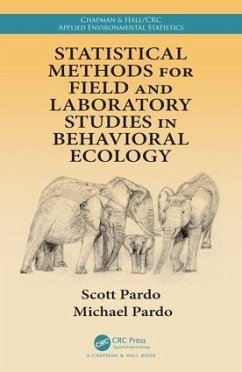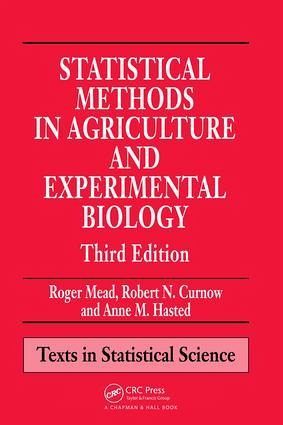
Statistical Methods in Agriculture and Experimental Biology
Versandkostenfrei!
Versandfertig in 1-2 Wochen
228,99 €
inkl. MwSt.
Weitere Ausgaben:

PAYBACK Punkte
114 °P sammeln!
Offers coverage of the statistical ideas and methods useful to the advancement of students in agriculture or experimental biology. Covering fundamental methodology, this book also includes advanced topics that help develop an appreciation of the breadth of statistical methodology now available.





